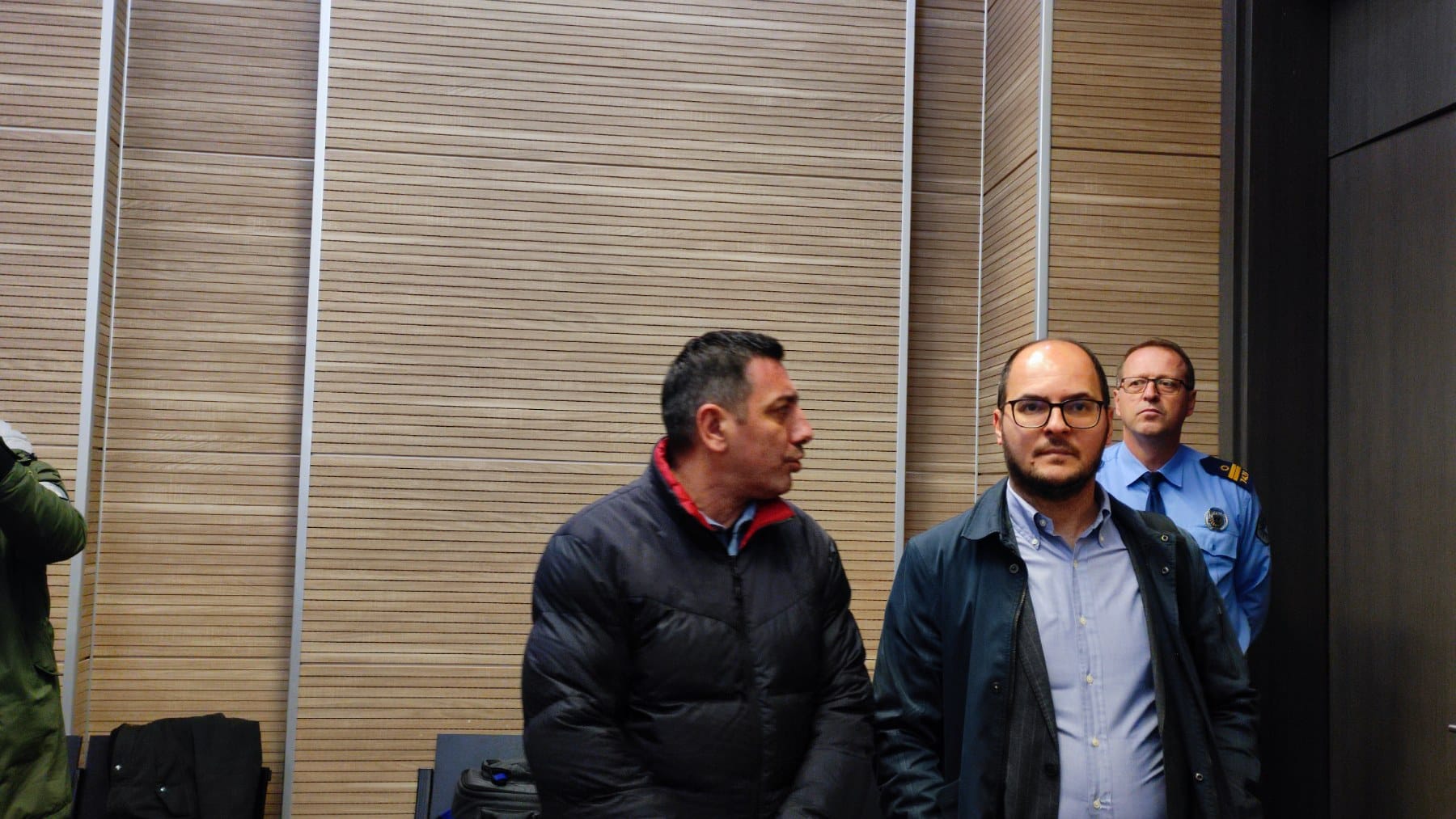Cancha Abierta (Yellow Series)
2015 - Drawing & Print (Drawing & Print)
12 x 9 in. (30.5 x 22.9 cm) each
Jesús ‘Bubu’ Negrón
The series of drawings Cancha Abierta (Yellow Series) derive from a project in which Jesús ‘Bubu’ Negrón worked with the community of El Rosario, located in the region of Beni, Bolivia, approximately 500 meters away from the Mamoré River. Due to a major flood that affected the vicinity–the largest recorded to date–the location had been practically buried under mud. One of the most distressed areas was the basketball court, which was buried underneath three feet of mud. Taking into consideration the site’s context, Negrón organized an “archeological” excavation to dig out half of the court. After working for four days with the help of the community and other invited artists from the Abubuya workshop, where Negrón was in residence, they were able to remove most of the accumulated sludge. When the project was finished, the community organized the first basketball game, and through that simple act, the court was restored. This series of drawings serve as narrative depictions and records of this project.
Jesús Cruz Negrón, also known as ‘Bubu’, is an artist whose work is characterized by site-specific gestures and interventions that make no separation between art and life. His work consists of photography, sculpture, drawing, writing, performance, video, and is often characterized by minimal interventions, the re-contextualization of everyday objects, and a relational approximation to artistic production as a revealing act of historical, social, and economic proportions. His works commonly act as tributes to daily survival in Latin America, revealing the experiences of ordinary people and the world of injustice that surrounds them by presenting it in elite spaces such as art fairs and biennials. Negrón’s practice is a relational approximation to artistic production, a revealing act of historical, social, and economic critique. Negrón lives in the neighborhood of Puerta de Tierra in San Juan, where he is part of grassroots community organizations for the preservation and well-being of the neighborhood, its history, and its people.
Colors:
Related works sharing similar palette
» see more

© » KADIST
Truong Cong Tung
Truong Cong Tung’s Journey of a Piece of Soil (2013) and its accompanying object-based installation of the same name (2014) consider the function of ritual in larger modes of collective engagement and cultural production...

© » KADIST
Pak Sheung Chuen
2017The series Nightmare Wallpapers represents a shift if Chuen’s practice, allowing the artist to immerse himself in an “artistic pilgrimage of self healing” following the failure of the 2014 Umbrella Movement...
Related artist(s) to: Jesús ‘Bubu’ Negrón » Fernando Bryce, » San Juan, » Antiguo Arsenal, » Julieta González, » Nicolás Robbio, » Puerto Rico, » Rivane Neuenschwander, » Abraham Cruzvillegas, » Alejandro Cesarco, » Alex Quinto
» see more

© » KADIST
Abraham Cruzvillegas
2004Wright Imperial Hotel (2004) is a sort of bow and arrow made out of feathers, a São Paulo phone book, and other materials...

© » KADIST
Rivane Neuenschwander
2007Mapa-Mundi BR (postal) is a set of wooden shelves holding postcards that depict locations in Brazil named for foreign countries and cities...
Related works found in the same semantic group
» see more

© » KADIST
Miguel and Natalia Fernández de Castro and Mendoza
2022The Absolute Restoration of All Things is a collaboration by artist Miguel Fernández de Castro and anthropologist Natalia Mendoza...

© » THEARTNEWSPER
Nevada lithium mine threatens cultural sites Art market Museums & heritage Exhibitions Books Podcasts Columns Technology Adventures with Van Gogh Search Search Heritage news Nevada lithium mine threatens cultural sites The US federal government’s manoeuvres to boost domestic lithium extraction are raising fears from tribal communities about archaeological and environmental impacts Gabriella Angeleti 8 December 2023 Share Members of the Fort McDermitt Paiute-Shoshone tribe gather to oppose the Thacker Pass lithium mine Photo: Carolyn Cole/Los Angeles Times via Getty Images The construction of an open-pit lithium mine in northern Nevada, which is scheduled to begin full-fledged operation in 2026, will have irreversible effects on the environment and cultural heritage sites in the region, according to archaeologists, environmentalists and Native American communities who oppose the project...






